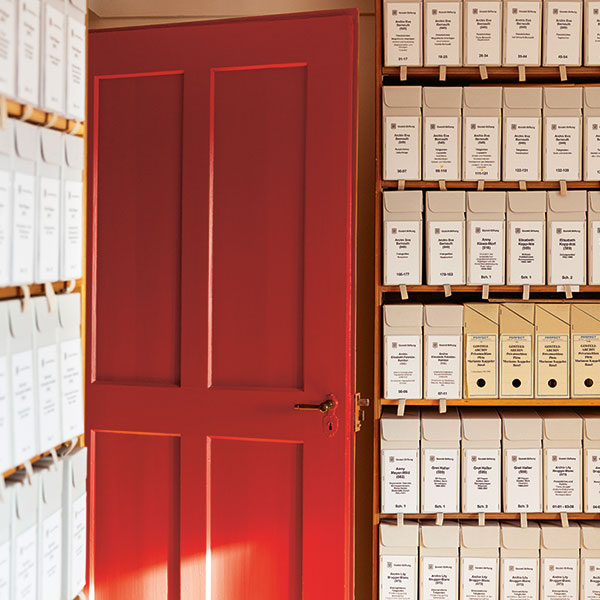White coats promote trust
The relationship between doctors and their patients is important for the recovery process. And traditional appearances are still helpful.

The doctor can see you now. But which outfit would you like her to be wearing? | Picture: M. Zollinger et al. BMJ Open (2019)
“As much white as possible”: This is how the project head Hugo Sax sums up the results of his study, in which 800 outpatients at the Zurich University Hospital were asked about their preferences for doctors’ clothing. They were provided with photos of different doctors’ outfits, and asked to assess them by filling out a questionnaire.
Over a third of them testified that the appearance of their doctors was important to them. The best score by far – with seven on a scale from one to ten – was a combination of white trousers, white coats and white underclothing. According to the patients, this combination signalled competence, trustworthiness and benevolence. The least popular were casual wear and business suits, for which the score was between five and six.
It thus seems that most patients today still place a high value on traditional clothing, even though they otherwise want to approach their doctors on an equal footing. “The white coat might well symbolise the professionalism of a doctor – something that distinguishes them from their private identity”, says Sabina Hunziker, a professor of medical communication at the Basel University Hospital. “It distinguishes the doctor as an expert whom patients can trust when they need help”. For Sax, the result of the survey confirms that a hospital has to pay attention to the appearance of its doctors. “It helps to provide a basis of trust in the relationship between doctor and patient from the moment they first meet. And that relationship is important for a successful treatment”.




